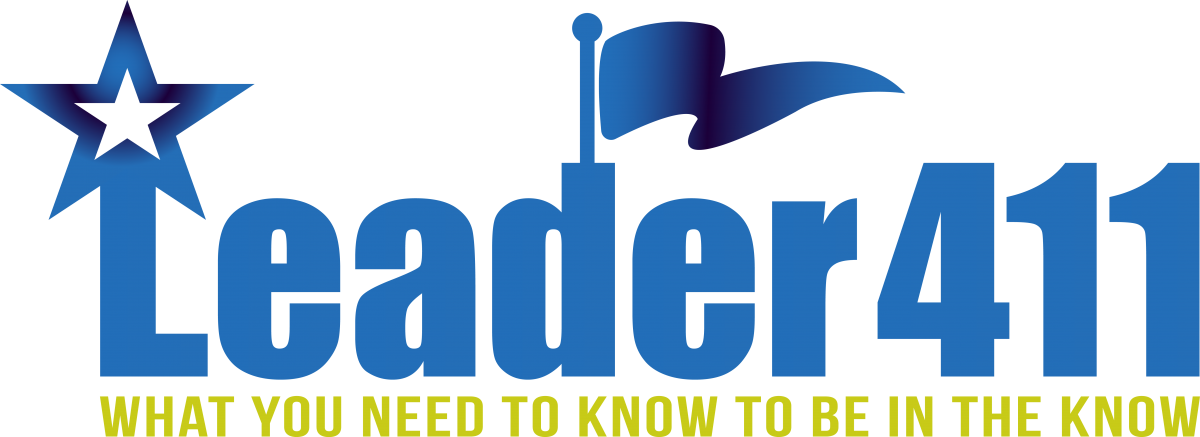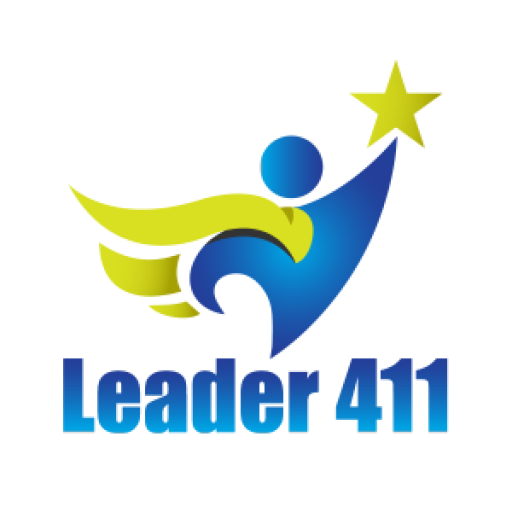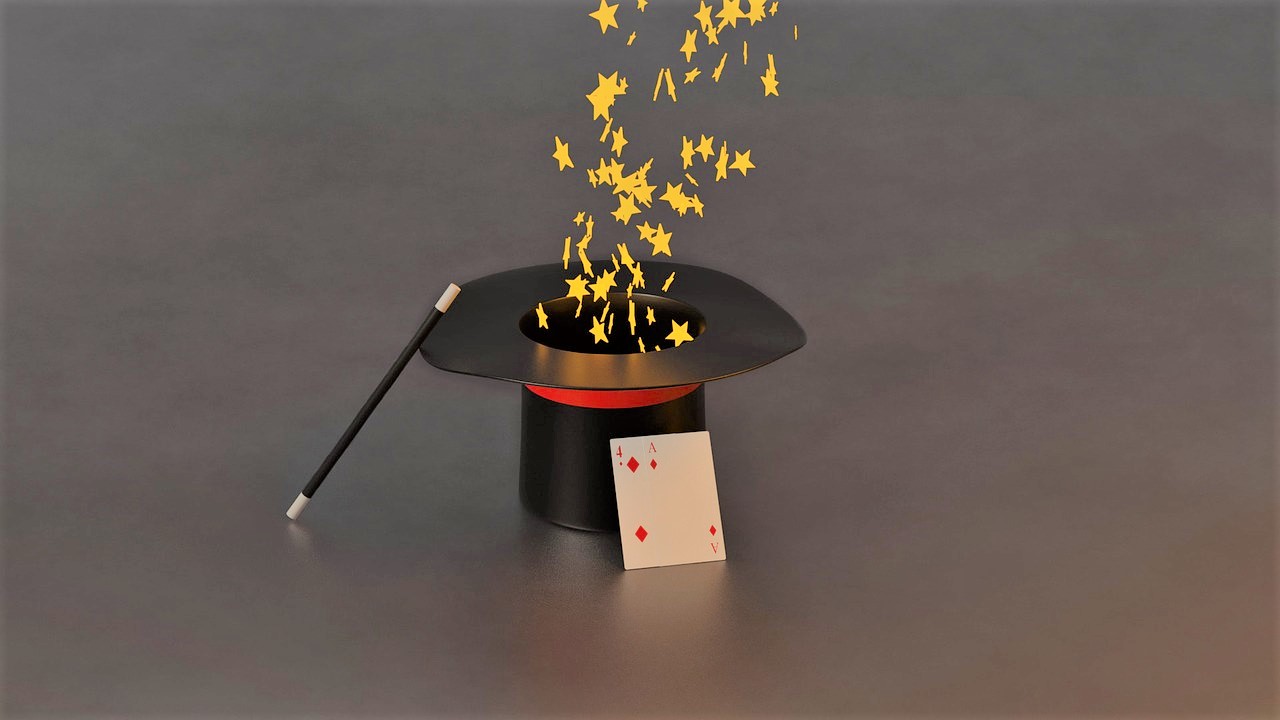(Model teams is a collection of stories from everyday teams that are accomplishing great things. This story is the story of magic and trust. Many may not realize that most magic is actually a tremendous team effort requiring high levels of trust. Note: this article may contain spoiler alerts to the art of magic. Double note: I was told by a magician that they don’t do tricks. They do effects thus the use of the word “effects” throughout the article).
Trust is Magic
In magic acts, there’s normally a single person performing a mind bending effect that leaves the viewers saying “How did he/she do that?!” The truth is there is no “I” in magic. Magic is a team sport that requires a host of members to put together the most fantastic effects.
Background:
The magic we see seems simple. In just the matter of a few seconds or a few minutes our minds are blown by the performance. In reality, magic is quite complex. There are a few key requirements to make an amazing effect:
1) “Presentation is everything.” Eric Leclerc repeated this many times throughout the interview. The presentation or story telling is what gives the magician cover to do the behind the scenes work. It also leads participants on a journey of discovery.
Asi Wind asked an audience member to pick a card. He could have just shown him his card, but instead he gave him chances to change it. He showed him his card in an unbelievable location, showed him that all the other cards were blank so there was only one card it could have been, then “showed” the audience how he performed the effect, but even in showing how he did the effect, he fooled the audience again. The effect was fairly simple. “Pick a card. Was this your card?” But adding theatrics augments the experience. It really is all about the presentation. (see the effect by Asi Wind here)
2) There are ten types of basic magic effects. The most mind-blowing effects often use a combination of several of the magic basics listed below: (Created by the author, augmented by Penn & Teller’s master class on magic)
- Appearance: The magician makes something appear. Justin Willman did an example of this here.
- Disappearance: The magician makes something disappear. This could be as small as a ball or as large as an airplane or The Statue of Liberty. (Watch David Copperfield’s Statue of Liberty disappearance here.)
- Transformation: Changing an object’s shape, color, design or other properties. A ball into a dove for instance. Lea Kyle does several of these effects in a row here.
- Restoration: Returning something to its original shape. A classic example is tearing a dollar bill then returning it back. Often includes signing the original item to show it’s the same item after restoration. Penn and Teller perform this with a newspaper here.
- Transportation: An object moves from one place to another. This is popular in up close street magic because it’s quick and has a great reaction from the crowd. Watch Eric Leclerc perform transportation magic here.
- Transposition: In what is also known as double transportation, the magician makes multiple objects change places. Shin Lim does this several times in his card effects. See a collection of his performances on America’s Got Talent here.
- Escape: The magician breaks out of an impossible situation. Straight jacket, in a box, lowered into a shark tank. British magician DMC performs a crazy escape here.
- Levitation: The magician appears to float or make another object float in air. See Criss Angel do an amazing levitation here.
- Penetration: An object passes through another. Individual steel rings being linked together is one example. Making an item appear in an uncut fruit is another (Watch Harrison Ford and David Blane here).
- Prediction: Being able to predict what someone will do or what someone is thinking. Marc Spelmann and Shin Lim create prediction magic on America’s Got Talent here.
3) The effect cannot replicate another performance. There are ethics in magic. You cannot replicate the same effect using the same manner. If you want to levitate, don’t do it above the Luxor in Las Vegas or Criss Angel’s lawyers will be calling you.
Magicians follow these guidelines strictly for every effect they create. Creating one effect for entertainment may seem simple. Order some pizzas, invite over a bunch of friends and brainstorm. However, when creating a TV show, a magician needs approximately 150-350 new effects. These effects need to be perfected before filming following the guidelines above and perfectly executed during filming because paying a camera crew to follow you around can be quite expensive. To complete such a task, magicians need teams.
Tricked with Eric Leclerc:
Eric is a Canadian native. His love for magic started when he was a teenager. He loved learning the effects that would make his friends and family gasp with amazement. As he developed his skills in magic, he realized he was truly passionate about the story telling and performance of magic, especially how magic has the ability to brighten anyone’s day.
Eric’s career has progressed rapidly over since 2016. He has appeared on such channels such as MTV, CTV, Fox, The Comedy Network and National Geographic. His YouTube videos have millions of views. In addition to several appearances on a variety of shows and performances with celebrities, his credits include several episodes of Brain Games, Penn and Teller’s “Fooled Us” and hosting his own show “Tricked.”
“Tricked was my first major show. It is a lot of work producing a magic show. Not only is it about the show and the presentation (presentation is everything), but it’s an incredible amount of work to get all the effects in order. The effects need to be created and perfected and often times need to fit in a theme. There are many long nights way before shooting begins preparing for the show.”
In order to prepare a season long show, a magician needs hundreds of effects prepared, a tremendous task for any one person to handle. To help with this process, he was able to hire magic consultants.
“To make a show, you need a team. First and foremost, you need consultants. Consultants can make almost as much as the magician. They’re the ones that do the research and develop the effect. They make the magician look good”…”They’re the ones that are crammed under a counter for eight hours in order to make a effect work right. They’re the ones off camera watching to make sure the effect isn’t revealed by the camera angle. They’re an incredible part of the team.”
After all the long work and dedication in creating the effects, he was ready to start filming. The filming process was exactly what he was expecting and also a little bit surprising.
“The crew talked me through how everything was going to work. They were great and wonderful to work with, but no one really prepared me for how it was going to be for me as a magician. As you know, presentation is everything. For a magician ranks high on the list as well. It is so important for a effect to get a great audience reaction. My reputation was on the line. I was used to getting a tremendous reaction from my magic, but you really don’t get that when filming a show such as Tricked or other similar magic shows.”
Film crews are often not small. Many people travel together to make sure the shot is prepared correctly. Once the set is built, props in their places and cameras hidden, I get to my place and the audience is brought in, but instead of dozens of people crowding to see a trick, it may only be one person or a few people. The effect is then performed two to three times before the crew packs up and moves to the next location.
Presentation is everything…isn’t it?
“Every night for the entire first month when I returned to my apartment, I cried. For the first time in my life my magical content was being shown and I had no say in how it looked. I was worried that the show would be terrible and my reputation would be ruined. The stress caused me to work harder to get a better reaction, but the result would be the same. Three spectators, that’s it. Time to move on. It was extremely difficult for me. It was something I had to get used to.”
During this time the director pulled Eric aside and explained a very important lesson. “Eric, you’ve dedicated your life to performing magic. I’ve dedicated mine to capturing reactions and expressions. I’m telling you, we are getting the reactions you want, but you’re not seeing them because you’re wrapped up in the trick. You’re going to have to trust me.”
After about a month Eric was shown an edited reel. He was able to see the reactions he hoped he was getting.
Lesson Learned:
Sometimes the lessons aren’t as obvious, but Eric was quick to point out and repeat the lesson learned from his story.
“Trust is so critical in a team. I have to trust my consultants that they’re preparing an ethical effect that we can replicate on film. I have to trust my build team to build the set and stage the props. I have to trust the film crew to capture the moment and the director that he knows what he is doing during the capturing and editing process. I can’t do all of their jobs. If I tried my craft would suffer. I have to allow them to do their crafts so I can focus on mine.”
The trust Eric was referring to is called performance trust. Performance trust is believing that someone is going to do their jobs the way they are supposed to do their jobs. This is critical. As Eric said, if we are constantly worried about if someone is going to do their job, then it will influence how we do ours. (See Coast Guard story for more on this). When we don’t trust that those around us are going to perform, we are less likely to share information with them, or utilize their talents to progress the project. Instead, people often take the task upon themselves or overburden their superstar which causes other performance problems.
Without realizing it, Eric also mentioned another type of trust. Social trust is the belief that you can share your thoughts and feelings without fear of judgement. This is critical as well, especially when working with magic consultants and the film crew. The magic effect development process is incredibly creative. They are constantly in search of the next biggest effect that could make the show a hit and go viral on social media. Social trust is required to make it work so people feel free enough to share their creativity and their criticisms without fear of judgement.
Magic is not too dissimilar from many other workplaces. Whether pitching to a client or creating a new widget or program, presentation is everything. It is extremely important that team members can trust in the performance of their team members so that they are more willing to share and include others in their projects. Social trust is needed so people feel that they are able to engage creatively and constructively. If anyone feels there is a risk to the presentation, they need to feel that they can speak up.
Work together with your teams to ensure they trust each other. Work to resolve any detractions from trust that may exist. While trust is not required to get a job done, a team with performance trust and social trust will perform better, enjoy their jobs more, be less likely to quit, engage in extra role activities and become affectively committed to their organization.


